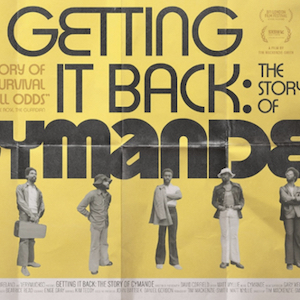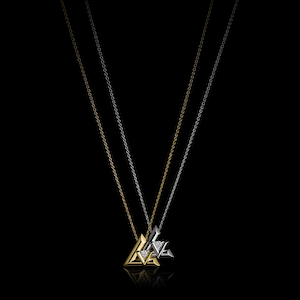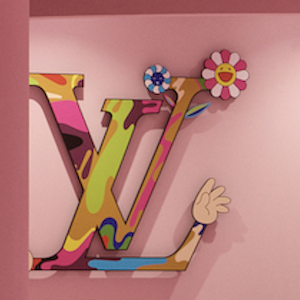Romance: I AM HERE
By Jo Phillips
It is often casually dismissed when considering where exactly the pieces of jewellery you own originated from. It seems that we now live in a society where modern day pieces are typically bought based on financial worth as opposed to sentimental value.
In line with our monthly themes for Cent, April brings us the topic of Romance, as it is clear to see that jewellery has always carried a certain connotation, evoking a timeless and romantic expression of love.
It is told that the Ancient cultures were where it all began – the innovators of jewellery creation. Through hieroglyphics translation it was understood that an exchange of rings made from a braid of reeds and hemp were used to represent a tie of endless love between a man and woman. Materials such as bone, animal teeth, wood and stone were found to craft these early pieces.

A tradition, which has been followed through to Western culture, is the wedding ring. This piece of jewellery was always worn on the left hand, as it was believed that the finger held a particularly special vein directly connected to the heart, known as Vena Amoris, which is a Latin term interpreted as the vein of love.
As time evolved, it appeared the formation of jewellery also advanced. The Romantic period was predominately about social class, revolving around the hierarchy of people. During the early stages of the Romantic period, all pieces were delicately handmade, the most popular being tiaras, brooches, pins, necklaces and earrings, often worn to signify wealth.

1852 saw the first approach in generating jewellery quickly and effectively through a method by cutting and stamping settings using a hand operated press. As this process was inexpensive, it can be seen that immediately the value of jewellery changed, as well as allowing it to be much more available to a wider range of classes.
The 1970s was known as a particularly chaotic time in history, where everything started to progress rapidly. The change in the economic state therefore played a crucial part to the value of processions, especially jewellery. The Hippie Movement brought through trends, which were heavily influenced by cheaper parts of the world. Costume jewellery became a particularly popular type of jewellery, including oversized gemmed earrings and bold statement brooches.



Tatty Devine, Still Life Necklace, 2015
The Crafts Council presents its touring exhibition – I AM HERE, featuring 98 pieces of contemporary studio jewellery starting from the 1970s. The exhibition is FREE and will be held at The Civic in Barnsley from 9th April – 4th June
As well as this, jewellery brand Kria uncovers the launch of their new SS16 collection, Ankh. Seen to be inspired heavily from Ancient Egypt, whilst focusing on extracting objects for ritualization, the brand explores elements drawn from architecture and applies these to pieces such as ear cuffs and chockers.

Kria Jewellery: Brass Vertebrae Ring
Kria jewellery is available online at http://kriajewelry.bigcartel.com & exclusively at Helmut Lang in London.





